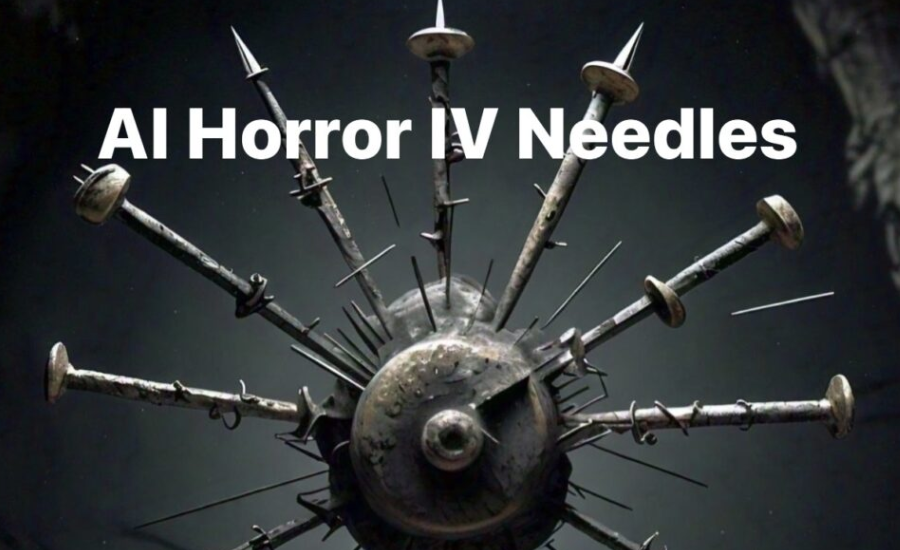The rise of artificial intelligence in art has unlocked new creative avenues, leading to the emergence of a captivating subgenre known as AI art horror, particularly emphasized by the unsettling motif of AI horror IV needles. This genre combines elements of artificial intelligence with horror themes, resulting in disturbing visuals that evoke strong emotional reactions. IV needles have become a recurring element in this exploration, often featured alongside chilling aesthetics and synthetic imagery. Many viewers share their unsettling reactions online, drawn to the presence of these needles. This article explores how AI contributes to the horror genre, focusing on AI horror IV needles as a powerful symbol of fear and anxiety, revealing the psychological impact of AI-generated horror on audiences.
The Enigmatic World Of AI Horror Art: The Symbolism Of IV Needles
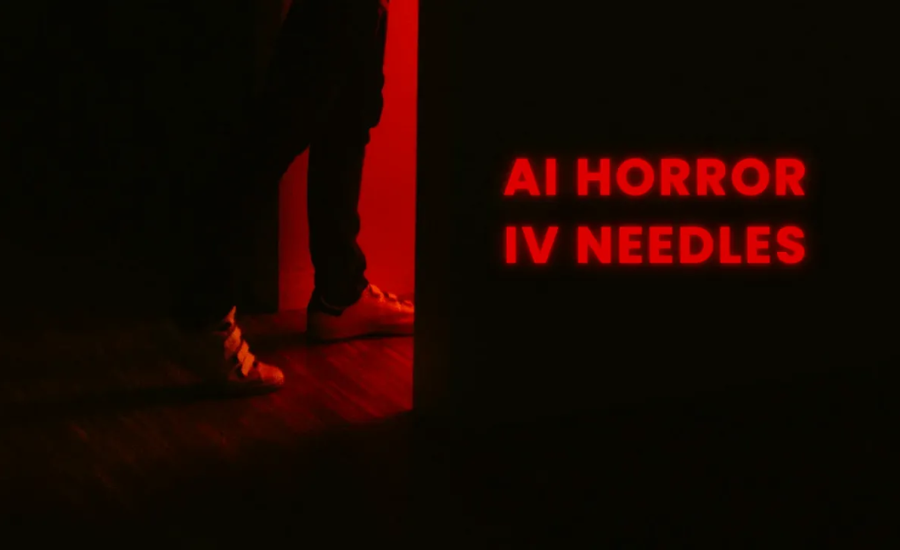
AI horror art, particularly the depictions of IV needles, taps into deep-rooted and universal human fears. Needles often evoke feelings of pain, medical procedures, and vulnerability, making them a compelling subject for artwork aimed at unsettling audiences. These haunting images are generated through advanced AI algorithms that analyze vast amounts of data, enabling the creation of pieces that highlight patterns and elicit feelings of discomfort.
In the realm of AI horror art, IV needles serve not only as realistic representations but also as powerful symbols, adding layers of meaning to the artwork. They encapsulate themes of life and death, health and sickness—concepts that resonate deeply with viewers. Typically, AI-generated images of IV needles are distorted or exaggerated, portraying familiar objects in a strange yet somewhat realistic manner infused with surreal elements. This combination intensifies the eerie effect, making the artwork even more disturbing and thought-provoking.
The Role Of Imagery In Generating Fear Through AI Horror IV Needles
The capacity of artificial intelligence (AI) to analyze human emotions and behavior plays a crucial role in how fear is depicted and evoked in visual art. This ability to reinterpret designs leads to a complex sense of dread that can be profoundly unsettling. A striking aspect of AI-generated art is its capacity to amplify the association between horror and familiarity. For instance, when AI creates an abstract representation featuring medical IV needles, it can skillfully manipulate elements such as lighting, shadows, and textures to cultivate an atmosphere filled with unease. The placement of these AI horror IV needles—particularly in contexts that suggest they are piercing the skin or are ominously suspended—induces a visceral reaction in viewers, triggering feelings of discomfort.
What makes AI-generated horror truly compelling is its juxtaposition of unsettling imagery within seemingly ordinary settings. When elements of horror are intertwined with familiar human features or scenarios, it creates a disconcerting cognitive dissonance. In these representations, there is often an initial recognition of something normal, yet it is twisted just enough to evoke a profound sense of fear. This delicate balance between familiarity and distortion amplifies the emotional impact of AI-generated horror. The inclusion of medical elements, like AI horror IV needles, further deepens the narrative, pushing viewers to confront their anxieties and fears in a manner that feels both uncanny and intimately relatable.
The Primal Fear Of AI Horror IV Needles
Many people, especially children, harbor a deep aversion to needles, particularly when it comes to injections. The mere thought of a needle piercing the skin can evoke feelings of anxiety and fear. Needles symbolize vulnerability, making individuals feel exposed—an experience that horror art often explores.
In AI horror art, the portrayal of IV needles triggers these primal fears. While standard, sterile IV needles may appear benign, the unsettling imagery generated by AI contrasts sharply with this perception. The art can be both coldly clinical and deeply personal, striking a nerve with viewers. This duality makes AI horror IV needles a captivating subject for exploration, as they embody the stark contrast between the medical and the grotesque, eliciting strong emotional reactions and engaging audiences on multiple levels.
Reimagining Fear: The Impact Of AI On Horror Art
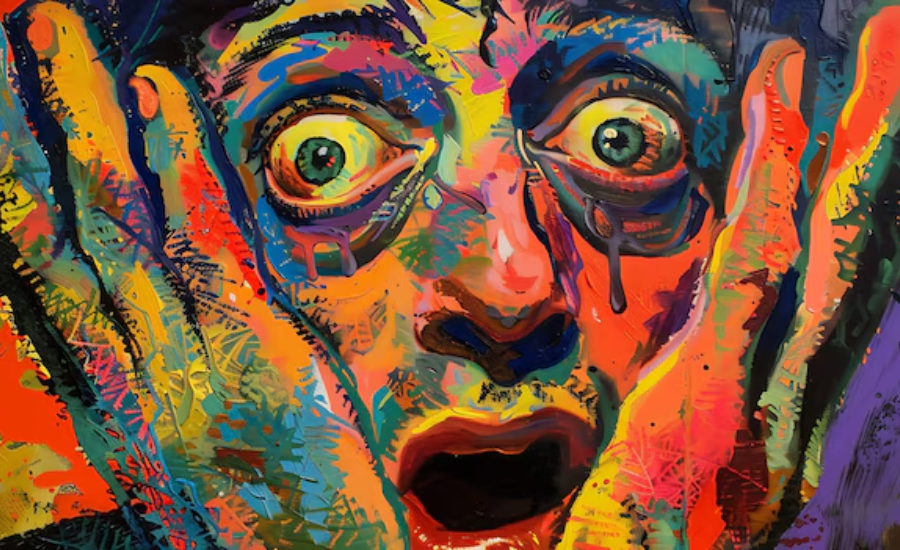
AI-generated horror art dramatically transforms the genre, offering fresh perspectives on what constitutes terror. While traditional horror relies on primal fears, the integration of artificial intelligence introduces a surreal quality to familiar symbols, such as medical IV needles—an enduring representation of vulnerability.
This medium creates a compelling interplay between the cold precision of technology and the raw emotions of humanity, resulting in artwork that is both hauntingly familiar and disturbingly distorted. AI’s capacity to generate hyper-realistic images of IV needles while also manipulating them into unsettling compositions evokes discomfort in ways that can be challenging for human artists to replicate.
By presenting recognizable elements in exaggerated or warped forms, AI horror art compels viewers to reconsider their understanding of safety and vulnerability. This complex emotional experience blurs the lines between reality and the surreal, prompting reflection on both the artwork and our own interpretations of fear.
The Evolving Landscape Of AI Horror Art: New Chilling Themes
As artificial intelligence continues to advance, we can anticipate a surge in darker themes within AI-generated horror art. While IV needles currently serve as a prominent symbol of fear, they may just be the beginning. With AI’s ability to learn from human creativity and interpret haunting imagery, we could soon see other disturbing elements emerge, such as surgical instruments, various medical devices, and even themes of decay and mortality.
As artists, designers, and engineers collaborate, the quality of AI horror art will undoubtedly evolve, eliciting even stronger emotional responses from viewers. IV needles will remain a powerful motif in this genre, representing danger, vulnerability, and the complex interplay between life and death. This ongoing evolution promises to deepen our understanding of fear and its visual expressions in the digital age.
The Haunting Influence Of AI On Horror Art
AI-generated horror art stands out for its ability to transcend human emotional constraints. Unlike traditional artists, AI can blend unsettling elements in innovative ways, heightening their disturbing impact. This unique capability allows for the creation of images featuring IV needles, grotesque textures, and other unsettling visuals that evoke a visceral reaction.
This uninhibited creativity results in works that challenge the conventions of conventional horror art, making them both original and deeply unsettling. The outcomes often push boundaries, inviting viewers into a realm of fear that feels fresh and uncharted, showcasing the true potential of AI in this genre.
The Evolution Of Horror Art Through The Ages: The Influence Of AI Horror IV Needles
Horror art boasts a rich and fascinating history that spans from ancient civilizations to the present day. Early artworks often depicted profound fears and beliefs, showcasing vivid representations of monsters, death, and the supernatural, reflecting the anxieties of those times. Throughout the ages, the theme of horror has evolved, manifesting in various artistic movements, including Gothic and Surrealism, as well as in ancient myths and folklore.
In recent years, a new dimension has emerged in horror art through the advent of artificial intelligence, leading to the rise of AI horror IV needles as a striking motif. This enduring fascination with the macabre continues to resonate in contemporary works, capturing not only the inherent human attraction to the frightening but also the societal tensions that shape our understanding of horror. The incorporation of AI-generated elements, such as IV needles, adds a modern twist, merging traditional fears with cutting-edge technology to create a compelling dialogue between past and present anxieties.
The Gripping Allure Of AI Horror Art Featuring IV Needles
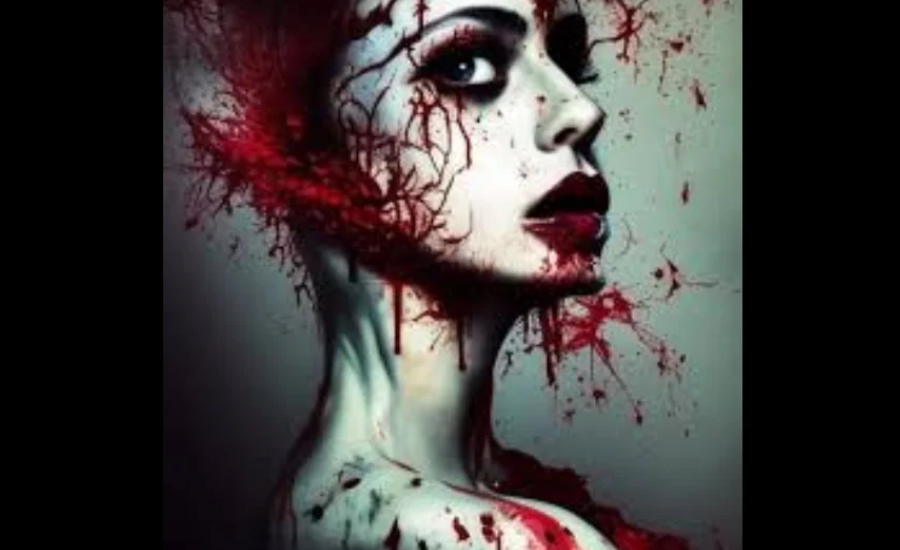
AI-created horror art that includes IV needles often elicits a deep feeling of discomfort.These images tap into our most primal fears of vulnerability and helplessness, whether it’s the anxiety of being confined, the sharp sting of a needle, or the unsettling idea of something foreign entering our bodies.
The impact becomes even more disturbing as AI enhances these unsettling themes. It can transform ordinary syringes into grotesque forms, twist IV tubes into serpent-like shapes, and create the illusion of needles ominously suspended in midair. This innovative use of technology produces chilling visuals that transcend traditional horror, intensifying our deepest fears and introducing a new dimension to the genre.
The Disturbing Depths Of AI-Generated Horror Art
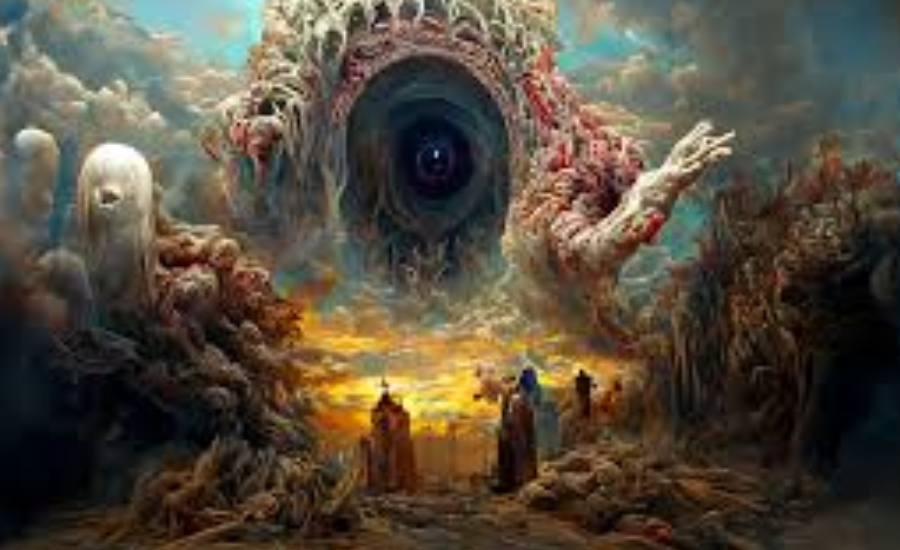
AI-generated horror art transcends traditional depictions of monsters and gore, delving into the realm of psychological discomfort. Unlike conventional horror, which often relies on overt shock tactics, this genre employs subtle, unsettling elements to evoke a deep sense of anxiety.
A striking example of this is the portrayal of medical IV needles, which serve as a powerful symbol in AI horror. By combining the clinical sterility of medical imagery withBy combining distorted and unsettling settings, AI produces chilling visuals that inspire feelings of discomfort and fear.
The Unfiltered Realm Of AI-Generated Horror
AI lacks the capacity to experience fear or fully understand the discomfort that certain visuals, like those involving IV needles, can evoke in humans. However, it can analyze and replicate our emotional responses to such imagery.
By operating without the emotional constraints that often limit human artists, AI can blend disturbing elements in ways that evoke a deeper sense of dread. This emotional detachment allows for the creation of horror art that feels more intense and relentless than what might typically be produced by human hands.
Unlike human creators, who may hesitate to explore themes that could be deemed too invasive or unsettling, AI embraces an unfiltered approach. This freedom enables it to produce horror artwork that taps into our most sensitive emotions, making depictions of IV needles and similar motifs all the more haunting.
The Chilling Appeal Of AI-Generated IV Needles In Horror Art
AI-generated images of IV needles evoke a profound sense of unease, tapping into deep-seated fears of vulnerability and invasive medical procedures. These medical instruments are compelling symbols in horror art due to their ominous presence and clinical precision. AI, unbound by emotional constraints, can explore and amplify these anxieties in ways that are both unsettling and captivating.
Creating Horror Art With AI-Generated IV Needles
Artificial intelligence can be harnessed to produce realistic and foreboding images of IV needles, enhancing their frightening qualities in horror art. This process involves using algorithms to accurately replicate their textures, shadows, and reflections, heightening the overall impact of the visuals.
Artists delving into this realm should experiment with positioning, lighting, and angles to maximize the emotional response from viewers. By understanding the significance of IV needles and their psychological effect, creators can craft spine-chilling and unforgettable pieces of art that resonate with audiences.
FAQs About AI Horror Art Featuring IV Needles
Q: What is AI horror art?
A: AI horror art is a genre that uses artificial intelligence to create artwork infused with elements of horror. This art combines unsettling themes and imagery that are designed to provoke fear and discomfort, often featuring disturbing visuals like IV needles that resonate with deep-seated human anxieties.
Q: What makes IV needles important in horror art?
A: IV needles represent feelings of vulnerability and fear linked to medical experiences. Their portrayal in horror art triggers strong emotional responses, making them a powerful motif for exploring themes related to life, death, and the human condition.
Q: In what ways does AI improve horror art?
A: AI has the capability to analyze extensive datasets to uncover patterns in horror-themed imagery, enabling the creation of unsettling visuals that expand the limits of conventional horror art. By adjusting aspects like lighting, texture, and form, AI crafts haunting images that connect with viewers on a psychological level.
Q: What kind of emotional reactions do AI-generated horror images provoke?
A: Images generated by AI can elicit feelings of anxiety, discomfort, and unease. The combination of familiar elements with disturbing aspects creates a sense of cognitive dissonance, heightening the emotional effect and tapping into our primal fears.
Q: How is AI horror art evolving over time?
A: With technological advancements, AI horror art is expected to delve into new, darker themes beyond the imagery of IV needles. Future works may include unsettling surgical tools and themes related to decay. Ongoing collaborations between artists and technologists will further enrich the emotional depth and complexity of this genre.
Conclusion
The rise of artificial intelligence in the realm of horror art marks a pivotal change in how we confront and express our innermost fears.Through unsettling visuals like AI horror IV needles, AI-generated horror art pushes creative boundaries by blending familiar elements with the grotesque, evoking strong emotional reactions. As this genre evolves, it offers deeper insights into fear and vulnerability within our increasingly complex society.Using technology, artists challenge our anxieties and guide audiences through a haunting exploration of the human psyche.
Stay in touch for more updates and alerts visit: BrookTaube!
